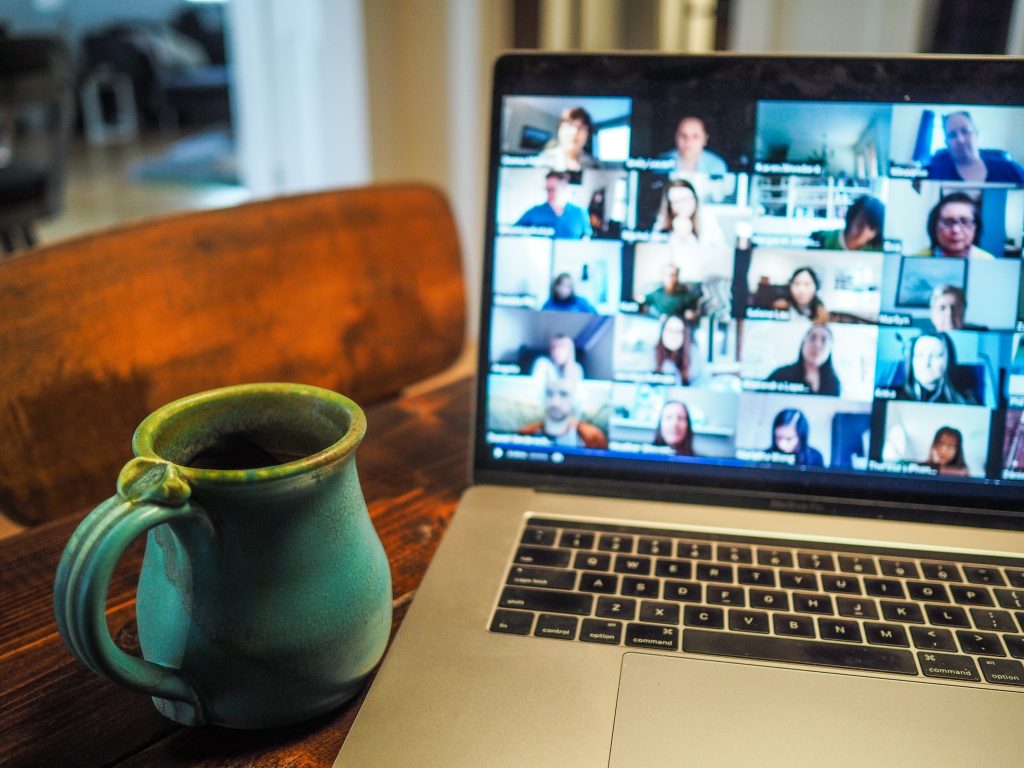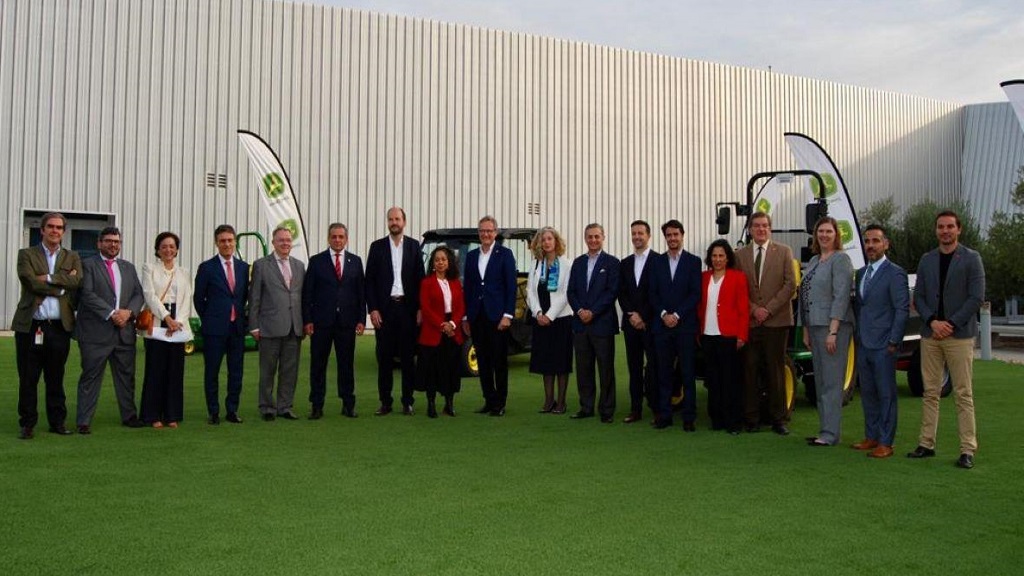
The pandemic has brought several developments to health, but in particular it has also profoundly changed the priorities that people place in relation to work. In this sense, today, 71% of Brazilian professionals are opting for jobs and places that allow them to put health and well-being first, according to data from the Labor Trends Index, disclosed annually by Microsoft. For this last study, the index analyzed the nuances related to the hybrid work.
When analyzing only Latin America, the percentage pointed out by the survey is similar: 70% of employees are choosing to prioritize health and well-being, against 53% of workers in general, looking at the global point of view.
Image: ROBIN WORRALL/Unsplash
In addition, the study points out another curious fact: 44% of Generation Z and Millennials in Brazil are likely to consider changing jobs this year, in search of a position that allows them to prioritize quality of life.
In comparison with the rest of the world, the Brazilian percentage is relatively lower: 52% in the global average and 47% in the average in Latin America — the latter region, by the way, recorded an increase of 3% in relation to the previous year.
The data above refers to five trends traced by Microsoft about how workers today view the equation of what is “worth” to consider when it comes to work versus quality of life.
“There is no way to erase the lived experience and lasting impact of the last two years, as the flexibility and well-being have become non-negotiable for employees. By embracing and adapting to these new expectations, organizations can steer their people and businesses towards long-term success,” said Jared Spataro, corporate vice president of Modern Work at Microsoft.
The other four trends include:
Managers feel caught between leading and meeting employee expectations
Overall, 50% of global leaders say their company is planning a return to full-time face-to-face work within the next 12 months – in Brazil, the percentage drops to 47%.
However, 52% of global employees are likely to consider transitioning to a hybrid or remote model in their current role within the same period. Here, the number is even higher: 58% of Brazilians are considering this transition.
In Brazil, 34% of managers say that the leadership in their company is misaligned with employee expectations, and 73% say that they do not have the influence or resources to promote changes in their teams. In Latin America, the percentages increase to 43% and 75%, respectively.
On the other hand, 85% of Brazilian employees say that their productivity has remained the same or has improved compared to last year – the number is the same for Latin America, and 81% was the registered for the global average.
But from a leadership perspective, 27% of Brazilian leaders feel that productivity has been negatively impacted since working remotely/hybrid (versus 39% in Latin America and 54% on the global average).
Leaders need to make the commute to the office worthwhile
In all, 54% of global leaders are currently focused — or will be within the next year — on revamping meeting rooms to be more hybrid work-friendly, adding technologies and changing layout/furniture to meet this demand.
After all, one of the main challenges (mentioned by 38% of hybrid employees) is precisely knowing when and why to go to the office. In Latin America, this percentage corresponds to 39%.
Only 28% of leaders created agreements with the team to define these new norms from a global perspective, versus 26% from a regional perspective. In Brazil, this percentage increases to 31%.

Reproduction: Chris Montgomery/Unsplash.com
Flexible working doesn’t have to mean always being connected
There is some confusion when talking about working remotely. Especially in Brazil, where there is a cultural belief that working away from the “watchful eyes of the boss” will result in worse performance – which is not true, with exceptions.
But this lack of culture around hybrid or remote work and also asynchronous deliveries results in the need to “always be connected”, which causes conflicts that ultimately lead to poor performance.
For example, the Microsoft study points out that weekly meeting time for the average Teams worker has increased by 252% — even after two years of a pandemic and structuring remote work. In addition, chats sent each week increased by 32% – a number that is still growing, according to the survey.
More time in meetings and alignment conversations does not necessarily result in higher quality work being performed. The numbers only point out that interruptions made by demands of the work itself are more recurrent and this can have consequences on deliveries.
Data that corroborate this premise: the period considered for a working day increased globally by 46 minutes. In addition, after-hours work and weekend demands increased by 28% and 14%, respectively.
Rebuilding social capital looks different in a hybrid world
With 51% of all hybrid workers surveyed considering a move to the fully remote model next year (with 58% in Latin America and the same number in Brazil), companies cannot rely solely on the physical office to recover lost social capital. in the last two years.
Creating a strong and sustainable culture that is aligned among all employees even if they are not physically in the same place is, in fact, one of the obstacles perceived in this new reality.
So much so that 42% of leaders in Latin America and 34% of leaders in Brazil say that building relationships is the biggest challenge of having employees working in a hybrid or remote way.
Of these, 53% in Latin America and 39% in Brazil express concerns about new employees.
Respondents’ impression is that, with everyone working remotely/hybrid, newbies may not be getting the connection and support they need to be successful in their tasks.



